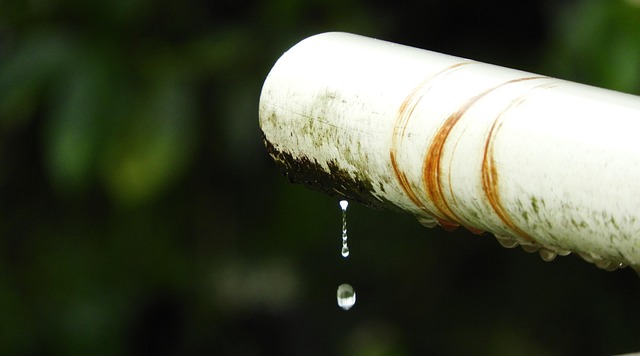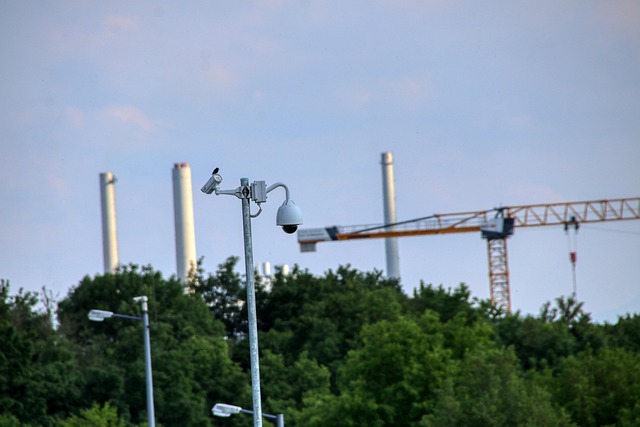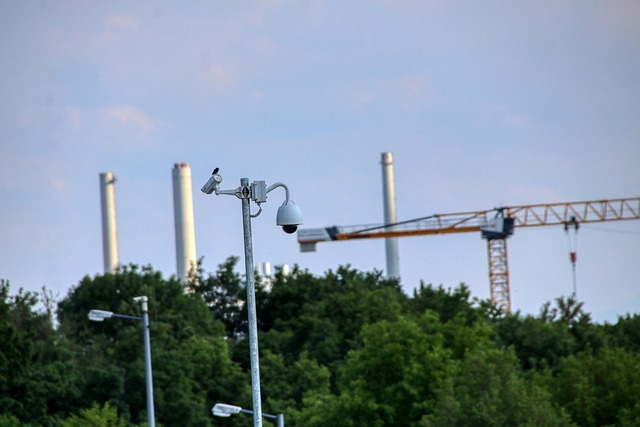Leak detection, utilizing advanced technologies like infrared cameras, radar, and sensors, is crucial for homeowners and businesses. It conserves water, prevents property damage, and reduces repair costs by identifying and locating water leaks precisely. Modern digital era services offer real-time monitoring, contributing to sustainable practices. Starting with visual inspections, professionals employ tools like moisture meters and thermal imaging cameras to detect even the smallest leaks in complex plumbing systems efficiently, minimizing damage and saving costs. Timely detection benefits both residential and commercial properties by averting major problems, structural damage, and high utility bills, while promoting environmental conservation. Selecting a reputable leak detection company with expertise and advanced technology ensures effective service.
Leak detection services are essential in mitigating water damage and preserving properties. As water leaks can go unnoticed for extended periods, professional detection is crucial for homeowners and businesses alike. This article delves into the intricacies of leak detection, covering understanding the basics, types of leaks, advanced technologies, step-by-step processes, benefits of timely detection, and key considerations when choosing a leak detection company. Stay informed to protect your investment from these invisible threats.
Understanding Leak Detection: The Basics and Importance

Leak detection is a critical service that identifies and locates water leaks within plumbing systems. It involves using advanced technology, such as infrared cameras, ground-penetrating radar, and acoustic sensors, to pinpoint areas where water is escaping. This process not only helps in conserving precious water but also prevents significant property damage caused by undetected leaks.
Understanding the basics of leak detection is essential for homeowners and business owners alike. Early identification of leaks can significantly reduce repair costs and minimize disruption to daily operations. Moreover, it contributes to sustainable practices by promoting water conservation and reducing environmental impact. In today’s digital era, advanced leak detection services offer real-time monitoring and precise location of leaks, ensuring efficient and effective resolution.
Types of Leaks That Require Professional Detection

Water leaks are a common issue, but not all spills and drips indicate a problem that can be easily fixed. Some leaks require professional detection to identify their source and prevent further damage. Hidden or complex leak issues may include pipe bursts behind walls, leaks under floors, or problems with outdated plumbing systems. These types of leaks can go unnoticed for extended periods, leading to significant water waste and structural damage if left unaddressed.
Professional leak detection services employ advanced technology, such as moisture meters, thermal imaging cameras, and radar-based systems, to pinpoint the exact location of a leak. This is particularly crucial in commercial buildings or older homes with intricate plumbing layouts where traditional methods may not be effective. By utilizing these tools, professionals can detect even the smallest leaks, ensuring efficient repair and minimizing water damage restoration costs.
Advanced Technologies in Leak Detection Services

In today’s digital era, advanced technologies have revolutionized leak detection services. Tools such as thermal imaging cameras, moisture meters, and non-invasive radar systems enable professionals to pinpoint leaks with unprecedented accuracy and efficiency. These technologies go beyond traditional methods, offering a faster, more comprehensive approach to identifying even the subtlest of water leaks.
By leveraging real-time data and sophisticated algorithms, modern leak detection services can navigate complex plumbing systems, uncovering hidden leaks that might otherwise remain undetected. This not only enhances the effectiveness of repairs but also minimizes damage, saving folks time and money in the long run.
The Step-by-Step Process of Leak Detection

Leak detection is a meticulous process that involves several steps to identify and locate water leaks within a structure. It begins with an initial inspection, where professionals carefully examine visible areas prone to leaks, such as pipes, fittings, toilets, and appliances. This visual assessment is crucial in identifying any signs of damage, moisture, or unusual markings that could indicate a leak.
If initial inspections do not reveal obvious sources, advanced methods are employed. This includes using specialized equipment like moisture meters and thermal imaging cameras to detect hidden leaks. Moisture meters measure water content in walls or ceilings, while thermal imaging identifies temperature variations caused by leaking water. By combining these techniques, leak detection specialists can pinpoint the exact location of a leak, even if it’s concealed behind walls or beneath floors.
Benefits of Timely Leak Detection for Homeowners and Businesses

For homeowners and businesses alike, timely leak detection offers a multitude of benefits that extend far beyond the immediate avoidance of water damage. Regular checks can identify subtle signs of leaks early on, preventing small issues from escalating into major, costly problems. By catching leaks promptly, you mitigate the risk of structural damage to your property, saving you from expensive repairs and renovation down the line.
Moreover, efficient leak detection services contribute to energy conservation and financial savings. Leaks in plumbing systems can lead to significant wastage of water and increased utility bills. Prompt detection allows for quick repairs, reducing unnecessary consumption and lowering your overall expenses. This is particularly beneficial for businesses aiming to optimize their operational costs and for homeowners looking to be more environmentally conscious.
Choosing the Right Leak Detection Company: Key Considerations

When choosing a leak detection company, it’s crucial to consider several factors to ensure effective and efficient service. First, verify their expertise and experience in handling various types of leaks, from plumbing to roofing. Opt for firms that employ state-of-the-art technology like infrared cameras and moisture meters, which can pinpoint problems more accurately than traditional methods.
Additionally, check their certification and licensing to confirm they meet industry standards. Reputable companies should also offer comprehensive reports detailing the source, extent, and cost of the leak. Customer reviews and references are invaluable; past clients’ experiences can reveal a lot about the company’s professionalism, responsiveness, and overall service quality.
